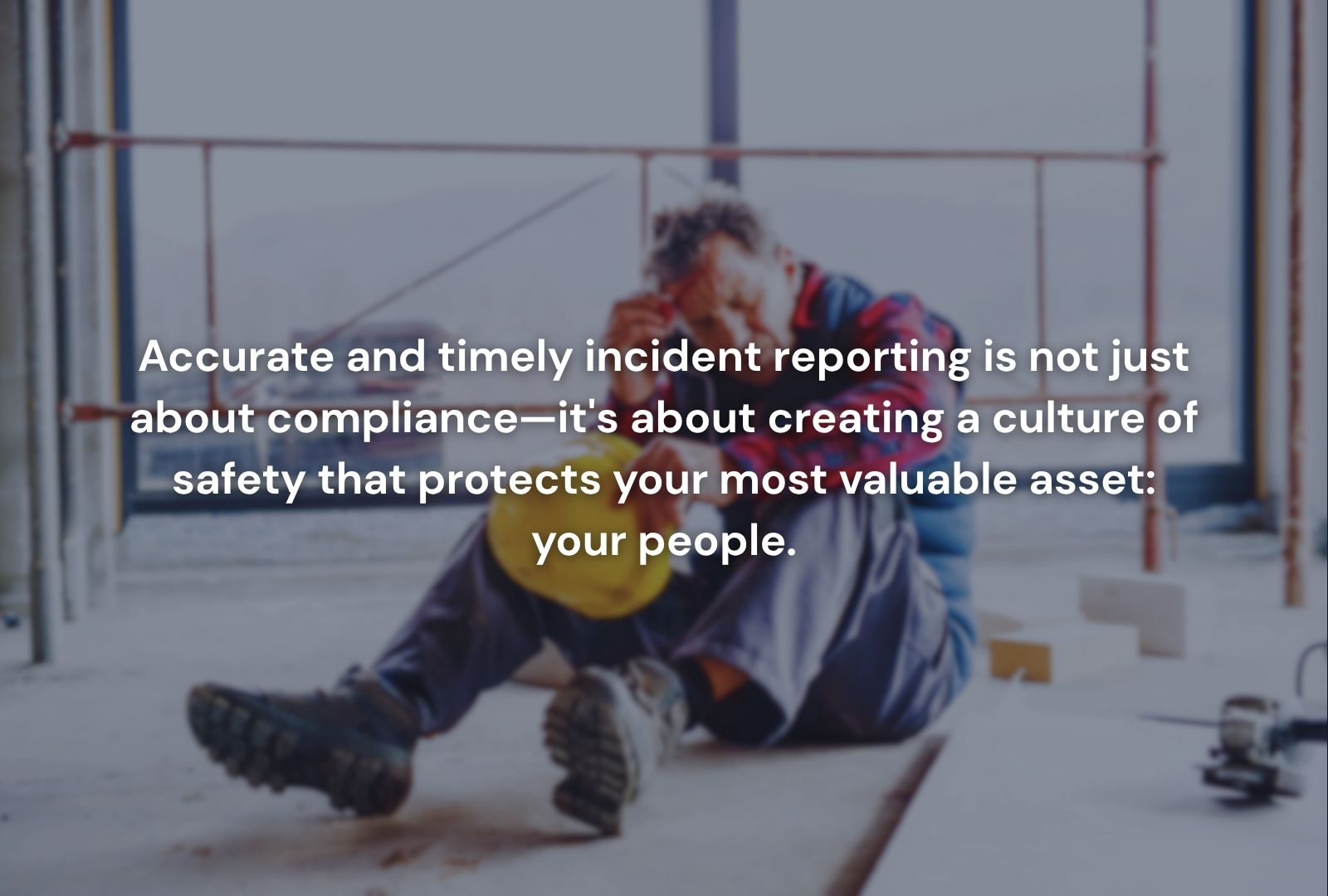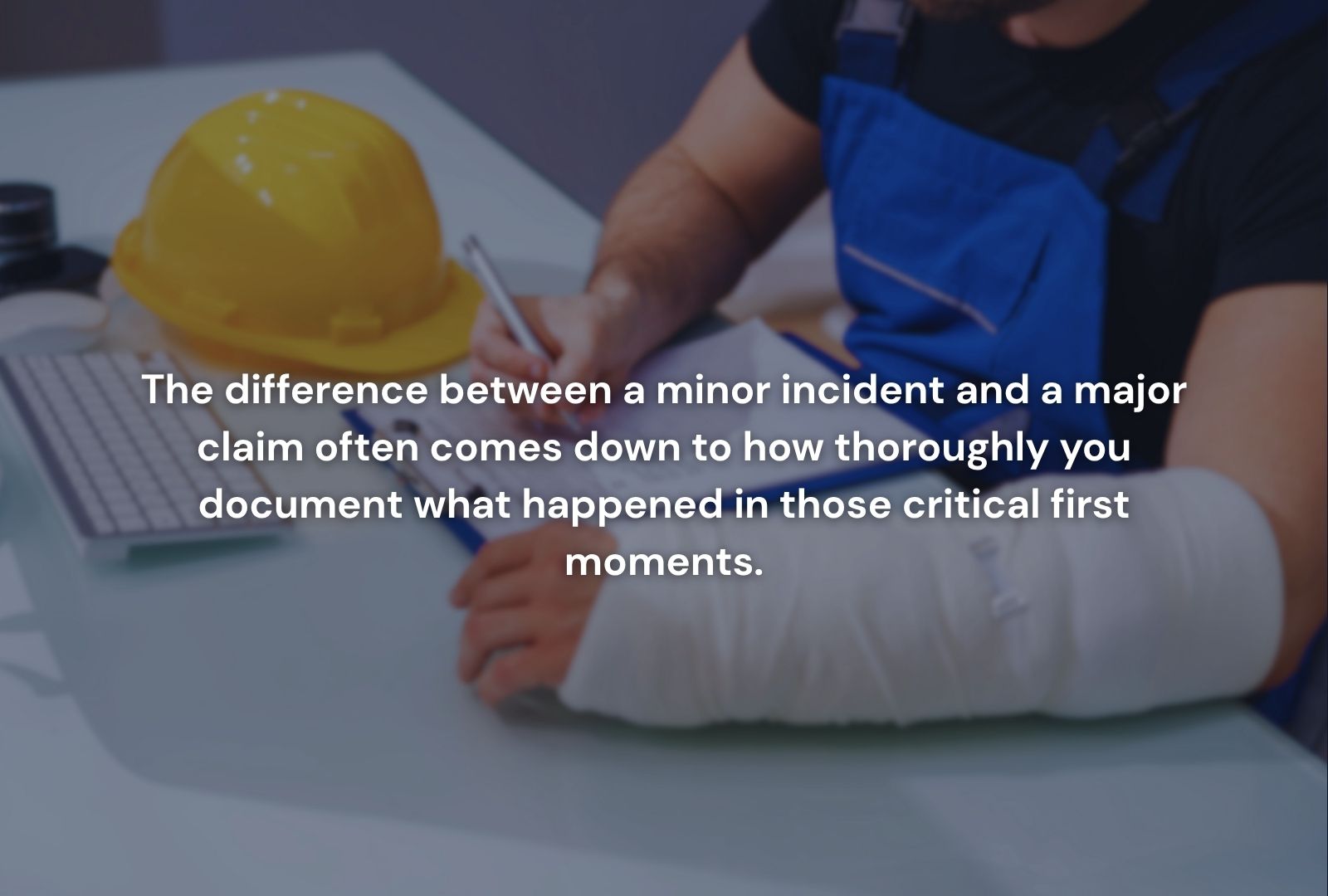Accurately documenting workplace incidents is critical for compliance, employee safety, and effective management of workers compensation claims. An injury report form template simplifies incident reporting, ensures consistency, and supports legal obligations.
If your workplace incident leads to significant injuries, promptly consulting a personal injury lawyer ensures proper protection of your rights and adequate compensation.
What to Include in an Injury Report Form
A comprehensive injury report form should include:
- Date and Time of Incident: Precisely record when the incident occurred.
- Location: Specify exactly where the injury took place.
- Involved Parties: Include names, roles, and contact details of everyone involved.
- Witnesses: Document names and statements from anyone who observed the incident.
- Detailed Incident Description: Clearly describe the sequence of events leading to the injury.
- Type and Severity of Injury: Accurately classify the nature and extent of injuries sustained.
- Immediate Action Taken: Note any immediate medical or safety responses implemented.

Step-by-Step Guide to Completing an Injury Report
Follow these detailed steps to fill out the injury report form:
Step 1: Gather Initial Information
Collect basic facts immediately following an incident, including time, location, and parties involved. Quick action ensures accuracy.
Step 2: Conduct Witness Interviews
Interview witnesses separately and promptly, asking precise questions to ensure detailed accounts and reduce memory inaccuracies.
Step 3: Document the Incident Thoroughly
Clearly describe the events leading up to and including the incident. Include diagrams or photos, if helpful, for clarity.
Step 4: Classify Injury Types and Severity
Categorize injuries carefully (e.g., fractures, burns, lacerations), noting severity to determine necessary medical attention and reporting protocols.
Step 5: Detail Immediate Actions and Medical Response
Describe first aid administered, emergency response measures, or medical treatments provided immediately after the incident.
Step 6: File and Store Securely
Submit the completed form promptly to HR or safety management, maintaining secure records for future reference or potential claims.
Why Timely Incident Reporting Matters

Prompt reporting supports several crucial organizational and legal objectives:
- Compliance: Adhering to regulatory requirements like OSHA mandates timely incident reporting.
- Claim Processing: Timely documentation supports efficient workers compensation claims, minimizing delays.
- Preventative Measures: Accurate and quick reporting enables prompt investigation and corrective actions to avoid recurrence.
Common Mistakes to Avoid in Injury Reporting
Avoid these frequent mistakes when documenting incidents:
- Incomplete Reports: Ensure all sections of the report form are accurately and thoroughly completed.
- Delays in Filing: Submit reports promptly to avoid compliance violations and complicating injury claims.
- Neglecting Witnesses: Always gather witness statements immediately to prevent memory inaccuracies.
Enhancing Workplace Safety Beyond Reporting

Incident reporting is part of a comprehensive approach to workplace safety. Consider implementing additional proactive measures:
- Workplace Accident Prevention: Regular training and safety audits significantly reduce the likelihood of future incidents. Familiarize yourself with common workplace accident causes to mitigate risks effectively.
- Understanding Workers Compensation: Knowledge of workers compensation insurance requirements and benefits ensures proper handling and support for injured employees.
- Employee Rights: Employees should clearly understand their rights following a workplace injury to ensure appropriate protection and care.
Final Thoughts on Incident Reporting
Effective incident reporting using a comprehensive injury report form template ensures timely response, compliance, and legal protection. Consistent and detailed documentation helps organizations maintain safe environments and respond effectively when incidents occur, benefiting both employers and employees alike.


















